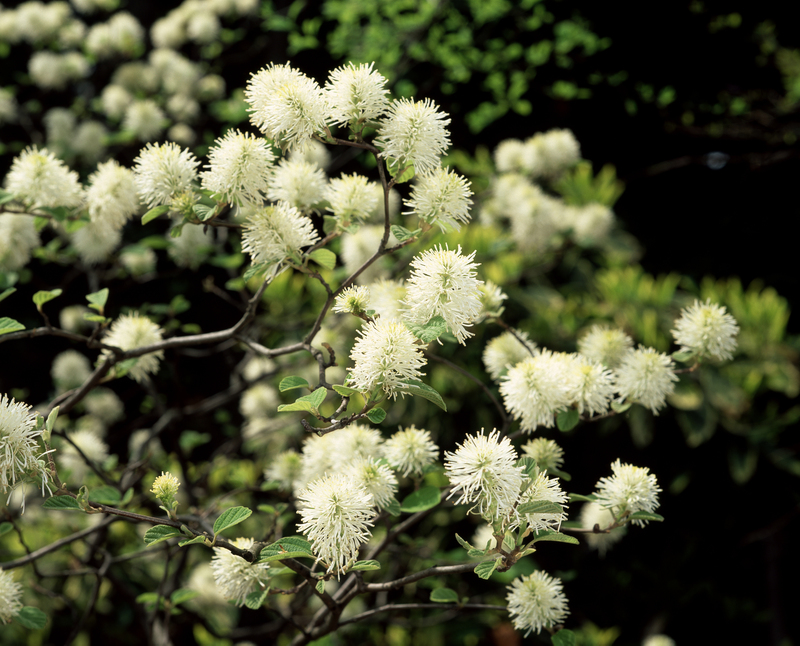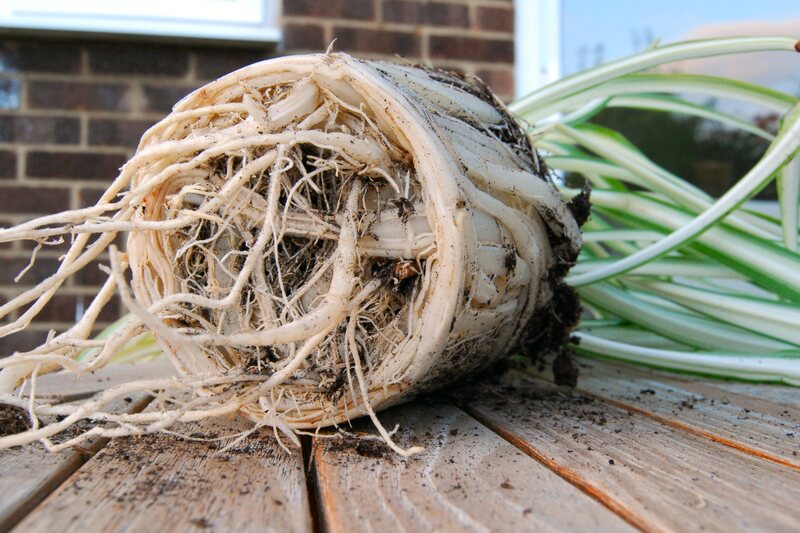Maintaining the exterior of your home is an essential part of preserving its curb appeal and structural integrity. One of the most effective ways to clean your home's outer walls is through pressure washing. This method can eliminate dirt, grime, mold, and mildew that may have accumulated over time. In this article, we will provide a comprehensive guide on how to pressure wash your home's outer walls safely and efficiently.
Understanding Pressure Washing
Pressure washing, sometimes called power washing, involves using a high-pressure water spray to remove contaminants from surfaces. The difference between pressure washing and power washing lies in the use of heated water in power washing, which can be more effective for certain types of stains but is generally unnecessary for most home exteriors.
Pressure washers come in electric and gas-powered models, each with its own advantages. Electric pressure washers are generally lighter, quieter, and more suitable for smaller jobs. In contrast, gas-powered models are typically more powerful and better suited for larger, more demanding tasks.

Preparation
Before you begin pressure washing, it's crucial to prepare both your equipment and your property.
Gathering Equipment
Here is a list of essential equipment you'll need:
- Pressure Washer: Choose between electric or gas-powered models based on your needs.
- Nozzles: Different nozzles provide varying spray patterns. For walls, a 25-degree nozzle is commonly used.
- Pressure Washer Detergent: Not all detergents are suitable for pressure washing, so select one specifically designed for this purpose.
- Safety Gear: Goggles, gloves, and sturdy shoes are necessary to protect yourself.
Protecting Your Property
Cover any nearby electrical outlets, light fixtures, and plants with plastic sheeting. Close all windows and doors to prevent water from entering your home during the washing process.
Steps to Pressure Wash Your Home's Outer Walls
1. Test the Pressure Washer
Before starting, test the pressure washer on a small, inconspicuous area to ensure the water pressure won't damage the surface of your walls. This step is vital, especially for surfaces like brick, stucco, or wood.
2. Apply Detergent
Attach the detergent dispenser to your pressure washer. Fill the dispenser with a pressure washer-specific detergent. Begin by spraying the detergent from the bottom of the wall and work your way up. This technique helps prevent streaks and ensures that the detergent has time to work on tougher stains.
3. Let the Detergent Work
Allow the detergent to sit for about 5-10 minutes, but don't let it dry. This period gives the detergent time to break down dirt and grime.
4. Start Washing
Switch to a 25-degree nozzle for the actual washing process. Hold the pressure washer wand at an angle, approximately 6-12 inches from the wall. Begin at the top of the wall and work your way down. This ensures that water and detergent run down over areas yet to be cleaned, minimizing streaks and ensuring a more thorough cleaning.
Avoid concentrating the spray too long on one spot to prevent damaging the wall. Keep the spray moving in a sweeping motion.
Special Considerations for Different Surfaces
Different types of exterior walls require unique precautions and techniques.
Wood Siding
Wood is a softer surface that can be easily damaged by high pressure. Use a low-pressure setting and a wider nozzle. Follow the grain of the wood to prevent gouging and irregular wear.
Brick and Masonry
Brick is durable but can be susceptible to damage if the mortar is weak. Use a medium pressure setting and be cautious around the mortar joints.
Stucco
Stucco can be fragile, especially if it's older. Utilize a low-pressure setting and keep the nozzle at a safe distance. Be mindful of any cracks or damage that high-pressure water might worsen.
Post-Washing Steps
After you've finished pressure washing, rinse off any remaining detergent by using a garden hose or the pressure washer on a low setting. Be sure to check for any areas you may have missed and touch them up as needed.
Inspect for Damage
Once your walls have dried, inspect them for any signs of damage. Look for cracks, chipped paint, or damage to the mortar, and address these issues as needed to maintain the integrity of your home's exterior.
Cleanup
Disconnect the pressure washer and drain any remaining water from the hose and machine. Store your equipment in a dry, safe place, and carefully remove any plastic sheeting or coverings from plants and electrical fixtures.

Safety Tips
Safety is paramount when pressure washing. Here are some additional safety tips to keep in mind:
- Never point the pressure washer at people, pets, or yourself.
- Wear appropriate protective gear including gloves, goggles, and sturdy shoes.
- Be cautious when using a ladder; the force from the pressure washer can easily throw you off balance.
- Avoid using the pressure washer in high places without proper fall protection.
Conclusion
Pressure washing your home's outer walls is a highly effective way to restore their original appearance and prolong the life of the exterior surfaces. By following these steps and guidelines, you can ensure a thorough, safe, and efficient cleaning process. Proper preparation, attention to detail, and adherence to safety measures will help you achieve the best results. With a clean exterior, your home will not only look better but will also be better protected against the elements, ultimately enhancing its value and longevity.





